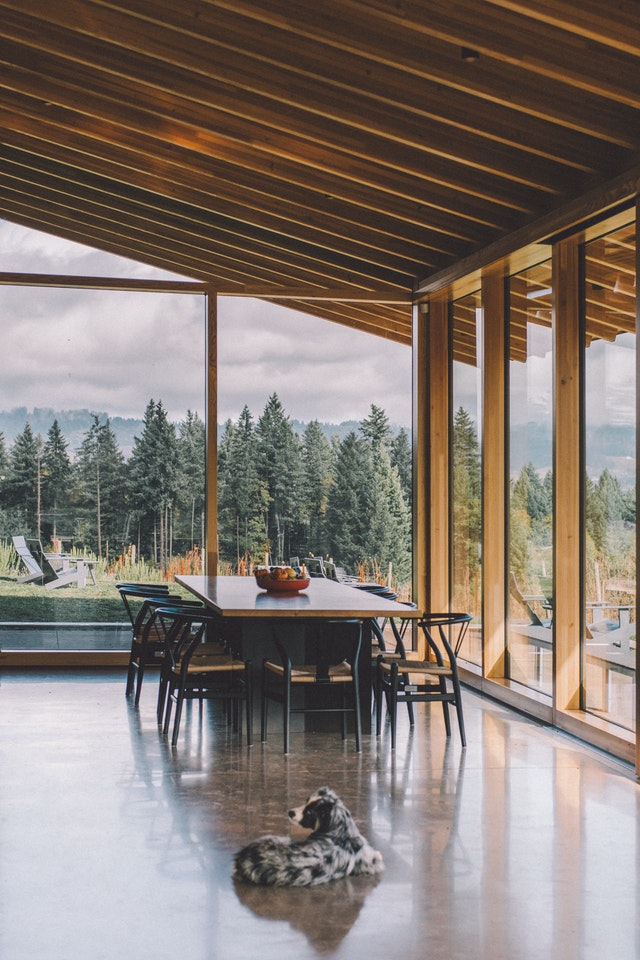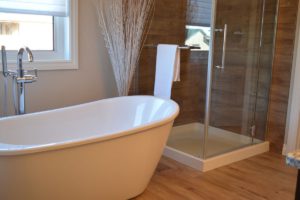Things to Know About Architectural Ceilings

Ceilings can potentially make or break a room, so it is wise to incorporate ceiling design features into any remodelling or new construction. The type of ceiling you choose depends on your specific space and your design intentions. While we favour timber, understanding different types of ceilings can help you convey your design intent to a space. To help you pick out the right design for your space, here are the eight different types of ceilings that are most often used both in residential and commercial settings.
Coffered ceilings can be used to achieve traditional styles but can also be used to fit contemporary interior design schemes. They are most effective for rooms that have a ceiling height of 9 feet or more, but you can find some creative ideas about ceiling tiles with an 8-foot height if that is the height that you are working with. These ceilings can add dramatic effects to the space, as well as make the room feel higher. Updating the ceiling changes the feel of an entire room, and coffered ceilings make for an impressive, eye-catching space.
Beaming ceilings can overpower a smaller room, so pay attention to where you install these ceilings. Another option for rooms that feature taller ceilings is installing tray ceilings.
Adding beams in a low-ceilinged room may cause it to look crowded, so be sure to understand what you are getting yourself into unless you are starting from high-ceilinged joists. If possible, the best approach is to fully rely on anchoring your architectural finishes in points on the ceiling itself, supported by the sturdy beams. Most ceilings are capable of supporting architectural finishes, but you do not want to be surprised if the ceiling of your house is too weak and is likely to cave in. Installing new architectural finishes is an awesome home improvement project, but your ceiling needs to hold up.
Ask yourself whether the added effort is worth the visual impact that vaulted ceilings will bring to your home. Careful consideration and a design-by-design simulation are always wise moves before pulling out a hammer and prybar and creating a difficult project to complete, and, regardless of cost and headaches, giving ceilings the attention they deserve could drastically change your home and add that wow factor of a sleek renovation. If you are still on the fence, there are contemporary coffered ceiling designs that would look at home in your space and would fit the current trends, feeling trendy for decades to come.
Traditional coffered ceilings usually make use of wood, but you can also update simple ceiling designs using concrete, metal, or engineered materials. Suspended ceilings can be built either with joist-framed construction, meaning that every joist and beam is attached separately, or with the installation of a truss ceiling, which comes engineered by the truss maker with vaulting already taken into account. Either a scissor-joint or parallel-chord truss, which are built of more timber members that act as a roof structure, are used for creating a vaulted ceiling.
 Virtually any home with a pitched roof can support a vaulted ceiling, provided that there is an available loft space in which to build a vault. While any room may have a vaulted ceiling, depending on personal preference, most homeowners prefer a vaulted ceiling for their family room or Great Room, where the effect can be fully appreciated. We will explain what constitutes a vaulted ceiling in today’s home design parlance, and we will walk you through the details of this eye-catching feature so that you can make an informed decision. These ceilings are an excellent way to add depth to your space, and they can enhance a room’s ambience and presence.
Virtually any home with a pitched roof can support a vaulted ceiling, provided that there is an available loft space in which to build a vault. While any room may have a vaulted ceiling, depending on personal preference, most homeowners prefer a vaulted ceiling for their family room or Great Room, where the effect can be fully appreciated. We will explain what constitutes a vaulted ceiling in today’s home design parlance, and we will walk you through the details of this eye-catching feature so that you can make an informed decision. These ceilings are an excellent way to add depth to your space, and they can enhance a room’s ambience and presence.
Often overlooked by homeowners, the ceiling is often a pretty much blank canvas to designers, and it is a prime spot for adding architectural details that dramatize the room. In addition to enhancing formal spaces, domed ceilings can serve as a way station for segregating one room from the next. Hanging ceilings can enhance acoustics within a room by lowering ceiling heights, and by adding more absorbent materials. These ceilings are usually made from plasterboard, and they can serve as a decorative element, combined with lights and other objects, such as the Apartment/Triplex NAJ Arquitetura, which uses plaster ceilings to conceal the curtain tracks, for instance, while other rooms of the unit have wooden ceilings that shield ventilation and light systems.
As a natural insulator, using wood for this type of ceiling can help regulate the temperature within the space and lower the cost of electricity. Ceilings are a crucial element of architecture and interior design, marrying function and aesthetics with a range of materials that add layers of texture and colour, providing quality and comfort to indoor spaces while also providing a protective surface to the rest of your building’s systems. You can install as many supports as you can get away with, and these will greatly enhance the ability of your ceiling to hold up your architectural finishes, lighting fixtures, and other hanging decorations.
If you have determined your ceiling is made from drywall, is in good condition, and can probably support your architectural finishes using distributed weight; then using a swivel anchor as the method of installation should be a safe choice. Installing your architectural finish via the beams in the ceiling is a lot simpler than using a toggle bolt, as you can use a long, completely ordinary screw such as a standard deck screw instead of the dedicated bolt.
First, you will want to make sure that your room is suited to coffered ceilings. If you are looking to paint your rafters and add an acoustical tile, or a decorative coffered ceiling tile, in the recessed areas, you may be saving some money by going with pine. It is important to understand that if you want to just paint popcorn, you need to use a sprayer to properly prime and paint your ceiling, as a roller full of wet liquid would erode the base joist material and ruin your project. Sound-deadening materials, flush-mounted lighting fixtures, circulating fans, reflection lights, wood panels, recessed coves, tiles (tin or acoustic), exposed beams, architectural details in the vault, and flat paint are all possible ceiling options.











